Long concealed in the eastern reaches of Indonesia, Flores beckons as a captivating destination steeped in natural beauty, rich heritage, and enchanting adventures. Named by Portuguese explorers in the 16th century, this picturesque island boasts a stunning coastline, countless islets, and verdant valleys that entice both land and sea lovers alike. Despite its remote location, Flores charms visitors with a harmonious blend of nature and thrilling adventures. Prepare for an unforgettable experience as you embrace the island's rustic allure and discover its hidden gems.
Visit Flores Island Guide: The Top 20 Unforgettable Reasons to Why You Must Visit Flores
Flores' Infrastructure and Accessibility
Though one of Indonesia's least developed islands, Flores has seen advancements in recent years, including the renovation of Labuan Bajo's airport, offering domestic and international routes. Limited transport options make private car rentals or tour packages ideal for seamless exploration.
Embrace the island's beauty through adventure, diving, eco-tours, and mountain climbing, while uncovering prehistoric sites, traditional villages, and vibrant cultural events. Here's why you should venture beyond the legendary Komodo dragons to explore the wonders of Flores:
1. Spot manta rays at Manta Point
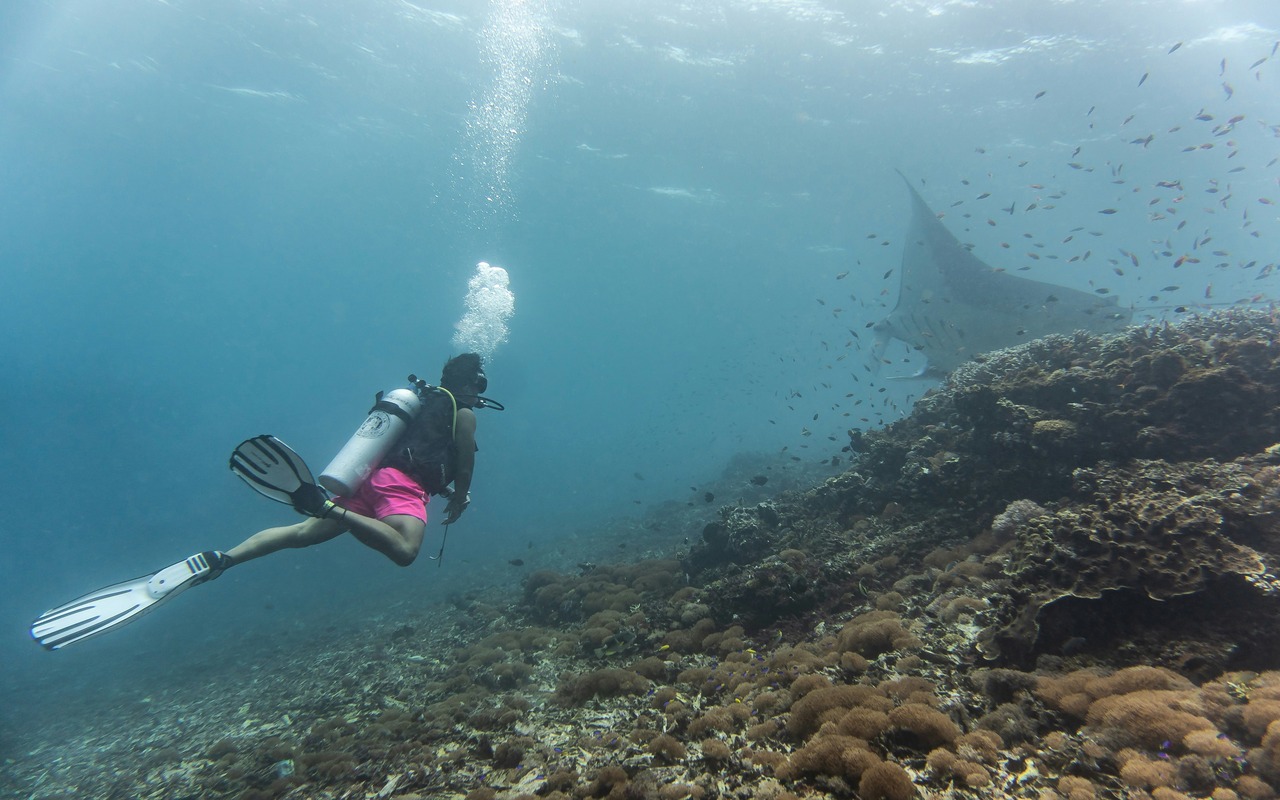
Manta Point is one of the best dive sites around the Komodo National Park due to its fast-flowing current rich in nutrients. A dive here enables you to spot and swim together with Manta Rays drifting slowly through the water between turtles and other sea critters.
2. Hike Gili Laba
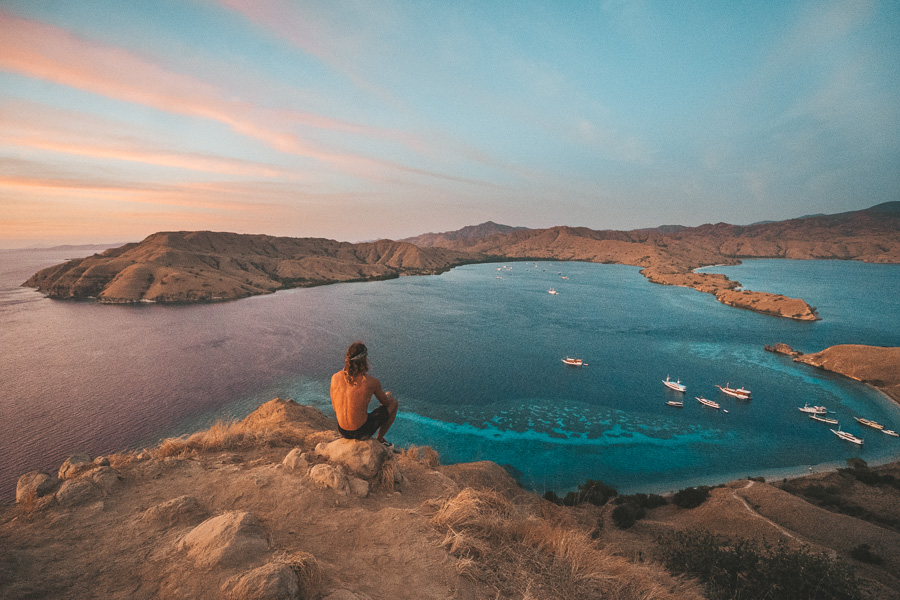
Gili Laba is just as majestic as Padar Island. Hike about 40 to 45 minutes towards Gili Laba’s viewpoint where the stunning vista of brown hills, a crescent-shaped pink beach, and the dark blue Flores Sea stretches to the horizon.
3. Watch the traditional Caci dance
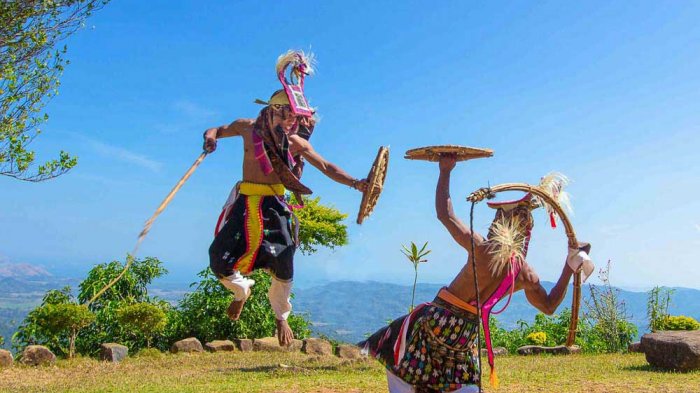
The Manggarai Tribe to this day practice their ancient ceremonial dance of fighting called Caci. The defender uses a wooden rattan shield and sticks while the attacker wields a long whip over four rounds. Held between young males of competing villages, the winner is whoever hits the other player the most times.
4. Vast fauna at 17 Islands Marine Park, Riung
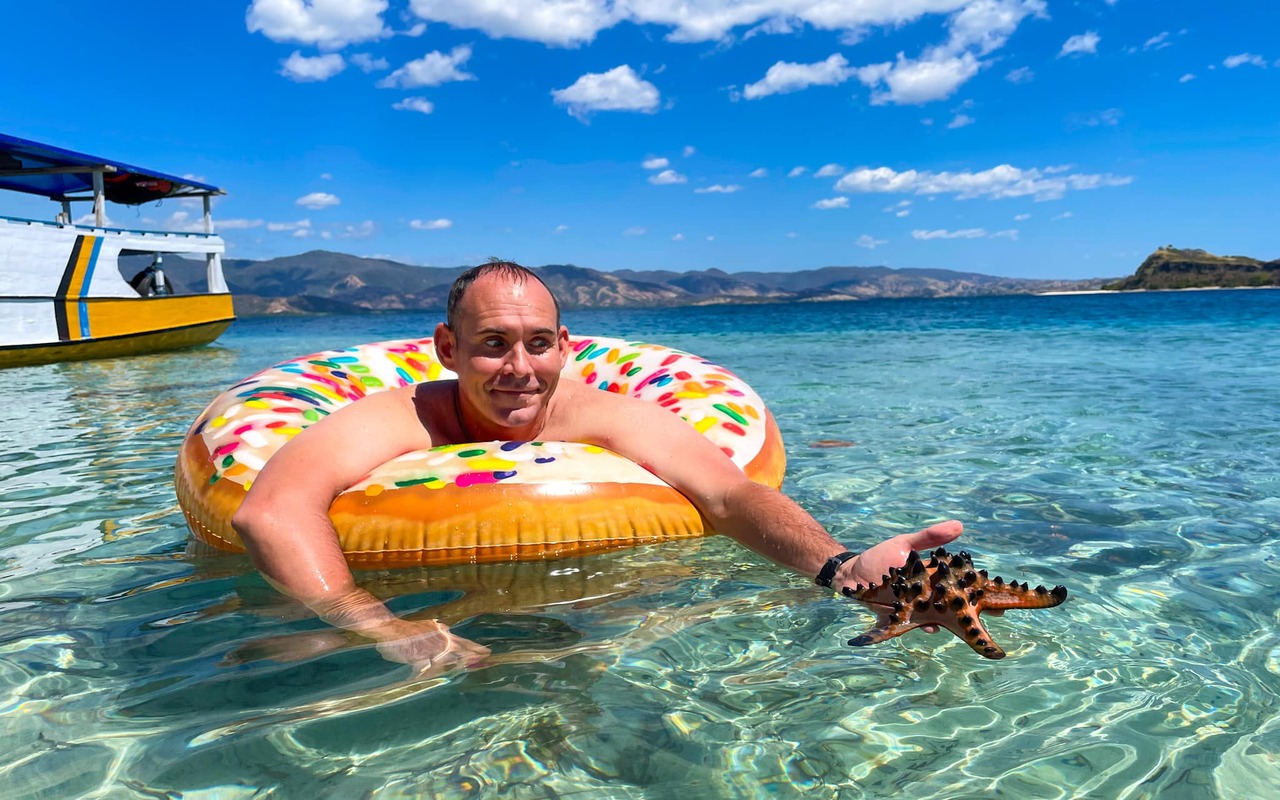
Despite its name, the 17 Islands Marine Park, Riung comprises over 17 islands in the Riung Chain. This popular tourist destination is for water babies who are fascinated by underwater life. Stop by the “Flying Fox Island”, known for hundreds of fruit bats gliding during sunset.
5. Check out Liang Bua Cave
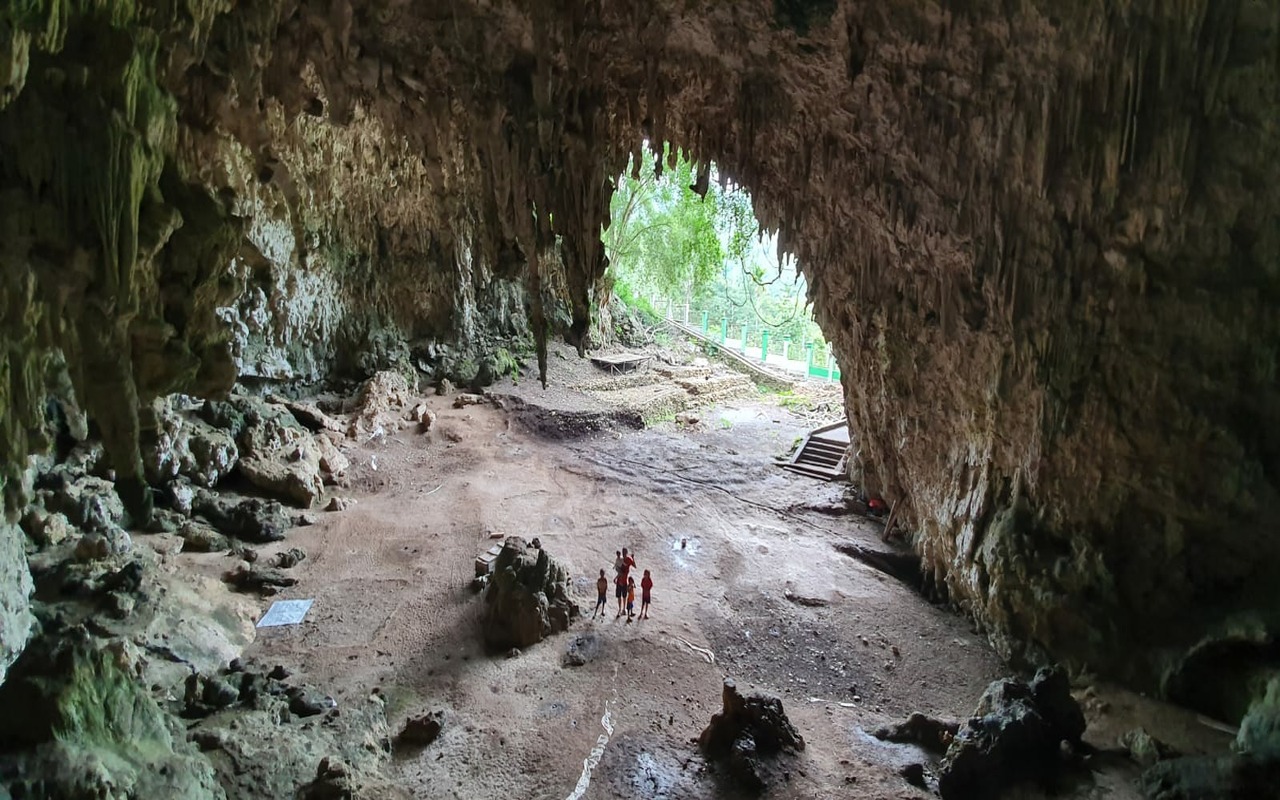
The home of Indonesia’s hobbits is known as Liang Bua, a cave in a limestone hill in Manggarai District formerly used as a place of worship and school. Soon after, the discovery of an ancient skull of a short human called Homo floresiensis was found at a depth of 6 metres believed by archaeologists to be originated some 18,000 years ago. Ancient animal bones such as elephants, komodo, turtles, and lizards were also found.
6. Admire the three-coloured Kelimutu Craters
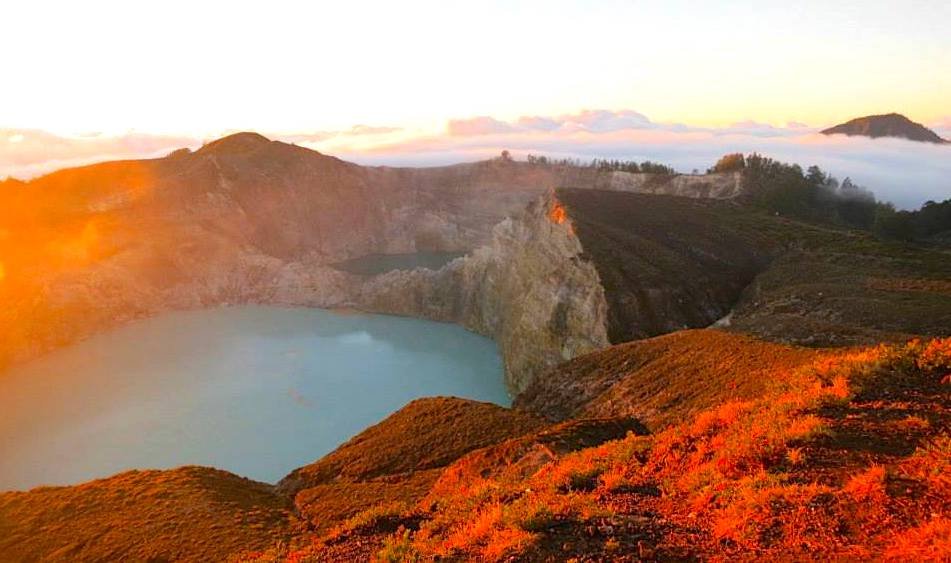
Located about 50 km east of Ende, Kelimutu is the must-visit place in Flores. The name refers to both the national park and the active 1,690-metre-high volcano that has three different-coloured mineral lakes on its peak. The colour changes with the varying mineral release from the crater, and its colour would change periodically from red, turquoise, and green, to dark green.
7. Revel in the sacred ritual, Penti
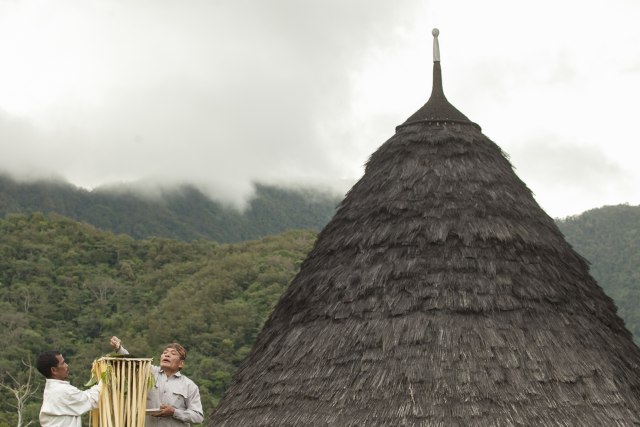
Taking place at the Wae Rebo Traditional Village every November is a sacred ritual similar to Thanksgiving, in honour of celebrating the past year’s harvest and prayers for a prosperous, new agricultural year called Penti. Generations of the village have been practising Penti to indicate different months according to various surrounding natural environments.
Penti begins with offerings carried to the courtyard of the village’s main house accompanied by the sounds of gongs and gendang traditional percussions through the Barong Wae and Barong Oka rituals. Penti continues with a gathering at the natural spring to invite the spirit of the spring’s keeper to attend the celebration. The processions then move to the watu pantas to symbolise the purification of sins, followed by a visit to the stone altar or compang.
8. Witness Lamalera’s traditional whale hunt
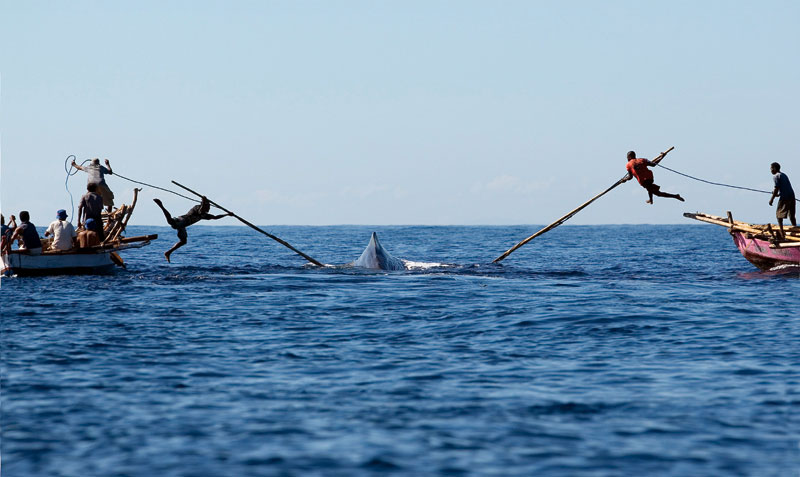
Home to traditional whale hunting discovered back in 1643 by the Portuguese, Lamalera on the island of Lembata, remains to follow its initial practices to support villagers with their subsistence economy. The hunting of whales, manta rays, and sometimes dolphins on traditional flimsy wooden boats, called peledang, is a means of living for the entire village following ancient beliefs, taboos, and tradition.
Whales migrate between the Indian and the Pacific Oceans between May and October, passing the Savu Sea of Lembata. Thus, whale hunting starts on 1st May, peaking in July. Amongst the seven to 14 helmsmen, oarsmen, and harpooners aboard the sailboat are each assigned to his special duties where the quickest of the team stands on the bow ready with a barbed harpoon, ready to be thrown to a sighted sea critter. However, the Lamaleras forbid the hunting of pregnant whales, young whales, and mating whales. Lamalera whale hunts are exempted from the international ban on whaling.
9. Be in awe of the Cunca Rami Waterfall
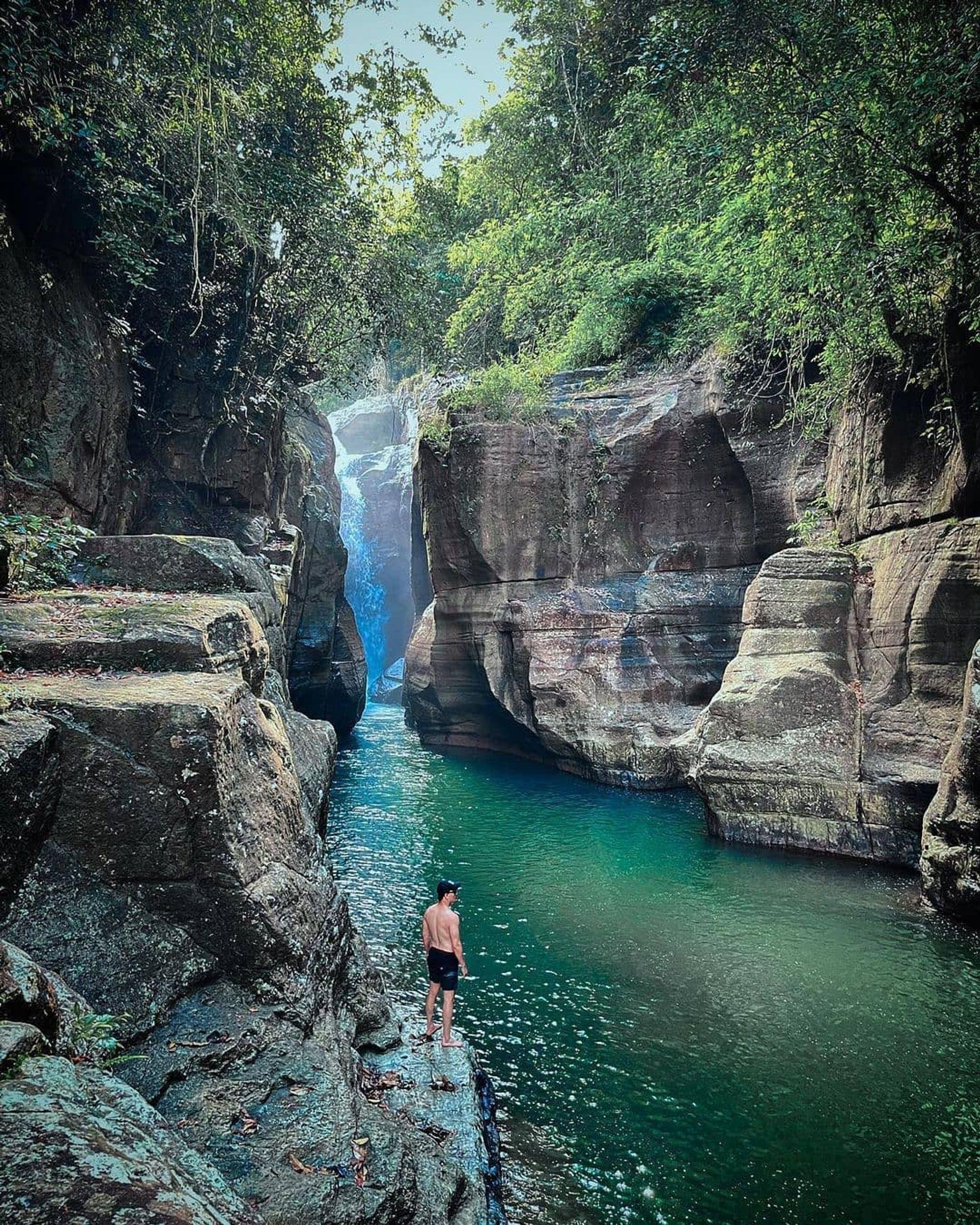
Cunca Rami Waterfall weathers through Mbeliling Forest with glimpses of small villages and agricultural lands. Its streams of water dancing down the verdant rocks are a soothing experience for you to jump into the clear pool.
10. Spot Whitetip Reef Sharks at Batu Bolong
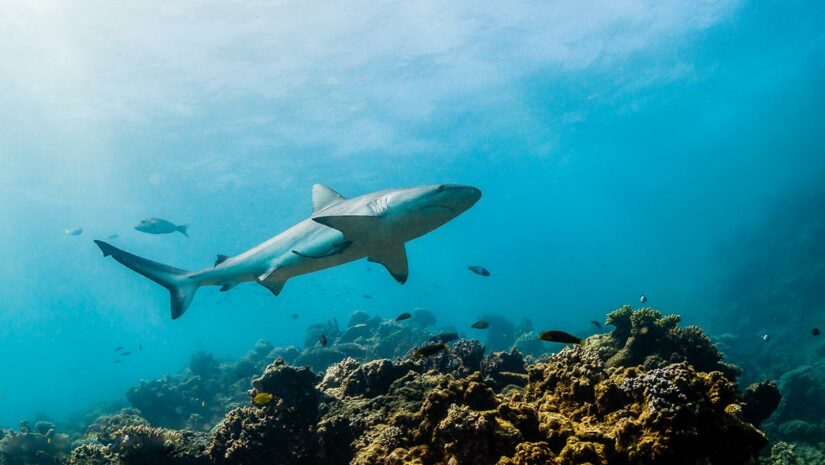
Batu Bolong is a world-class dive site in Komodo with exceptional visibility of vibrant corals and exotic fish, including the rare whitetip reef shark and large turtles. Yet, Batu Bolong’s strong currents should be noted.
11. Get lost in the Cancar Spider Web Field
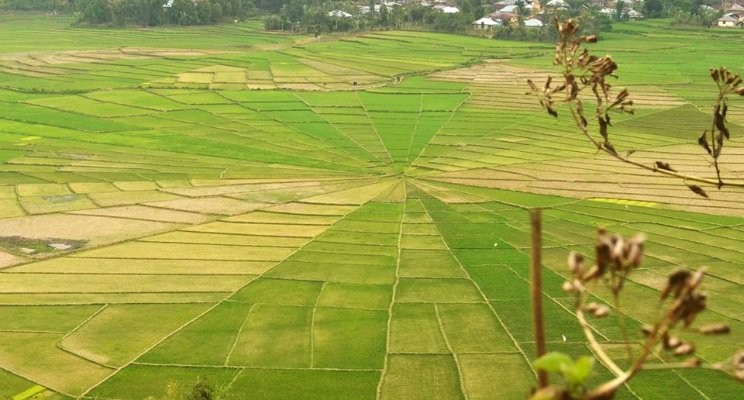
The lingko fields, at Cancar village, illustrate a spider web made of rice. The rice is cultivated on segments of communal land divided by a unique Manggaraian sharing system.
6. Visit the house of Soekarno’s exile
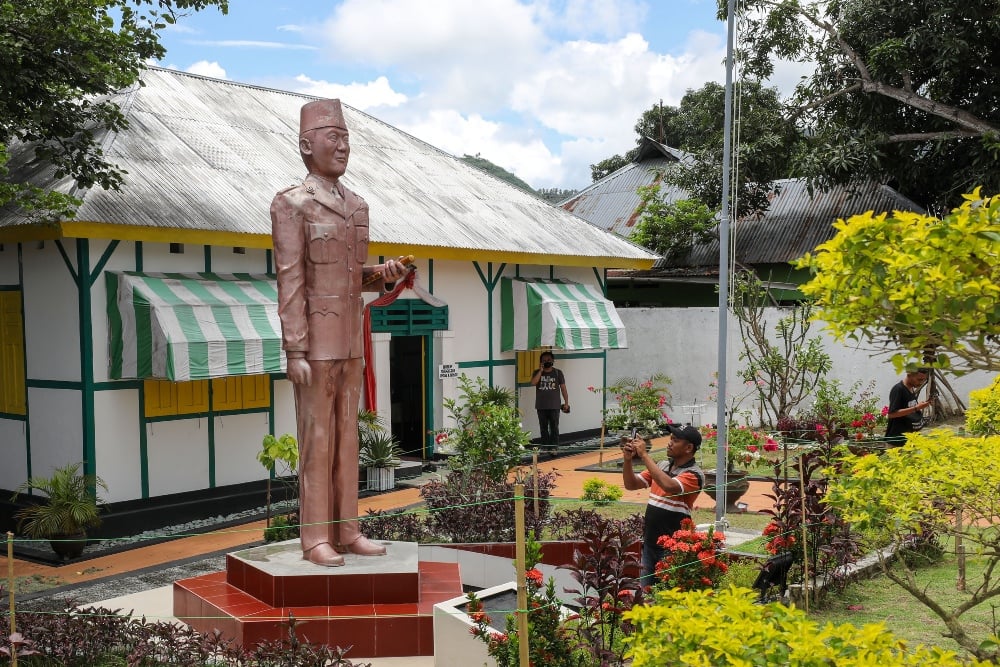
Soekarno, Indonesia’s proclamator of independence and first president, was exiled by the Dutch colonial government to Ende from 1934 to 1938. Soekarno had nowhere to stay until he found a rented house facing east. Today, it’s a museum open to the public featuring furniture and goods used by the first president, as well as old photographs, paper clippings, oration quotes, and vintage exhibits.
Soekarno fully benefitted from his exile to muster his vision of a democratic and independent Indonesia. A Breadfruit Tree that directly faced Ende Beach is approximately 700 metres from the house, claimed to be the very spot for Indonesia’s five pillars, or Pancasila, to be created and his favourite past-time.
13. Discover Wae Rebo Village, Ruteng
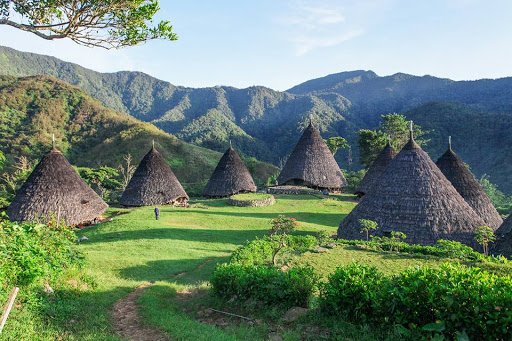
About 1,200 metres high above sea level in the Manggarai district lies the indigenous village of Flores called Wae Rebo. It is home to seven cone-shaped houses that have been home to its people for more than 19 generations. In these houses which symbolise the people’s cosmos, they perform their daily lives far from the maddening crowd. To reach this village, you must trek approximately four hours by foot from the lowland. This village is one of the many destinations that is more popular to international tourists compared to Indonesians, so you will be more likely to see Westerners visiting this village instead of domestic tourists.
14. Go back in time at Bena Traditional Village, Bajawa
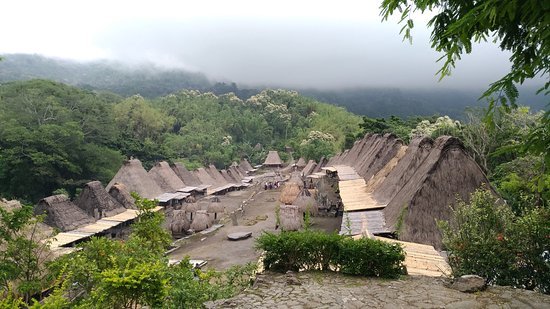
Visiting the traditional Bena village in Bajawa is like going back to the stone age. The village consists of two parallel rows of traditional, high thatch-roofed houses. Visible in the centre of the village are ngadhu and bhaga, pairs of shrines – one for each clan of the village – representing the clan’s ancestors. Another distinct feature is the megalithic formations in the village centre.
At the end of the village, elevated on a small hill, a viewpoint with a Virgin Mary shrine gives you the opportunity to have a bird eye’s view over Bena and a wider view of the beautiful surrounding landscape. In this village, visitors can also buy locally crafted ikat, or tie-dyed woven cloth.
15. Dip in Batu Cermin Cave
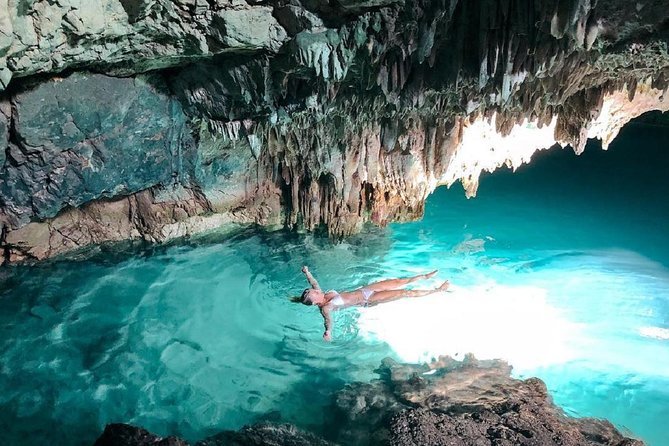
Photo taken from https://rentvillahotel.com
Batu Cermin, or "mirror stone", is a cave hidden in a dark stone hill located on the outskirts of Labuan Bajo, West Manggarai. The name comes from when the sun's rays pierced through a hole in the tunnel and then bounced on the stone walls that reflected small lights to other areas inside the cave like a mirror. It is located east of Labuan Bajo harbour, approximately 4 km off the city centre. Tour operators usually sell this trip as part of the Labuan Bajo tour.
16. Immerse in the Komodo National Park
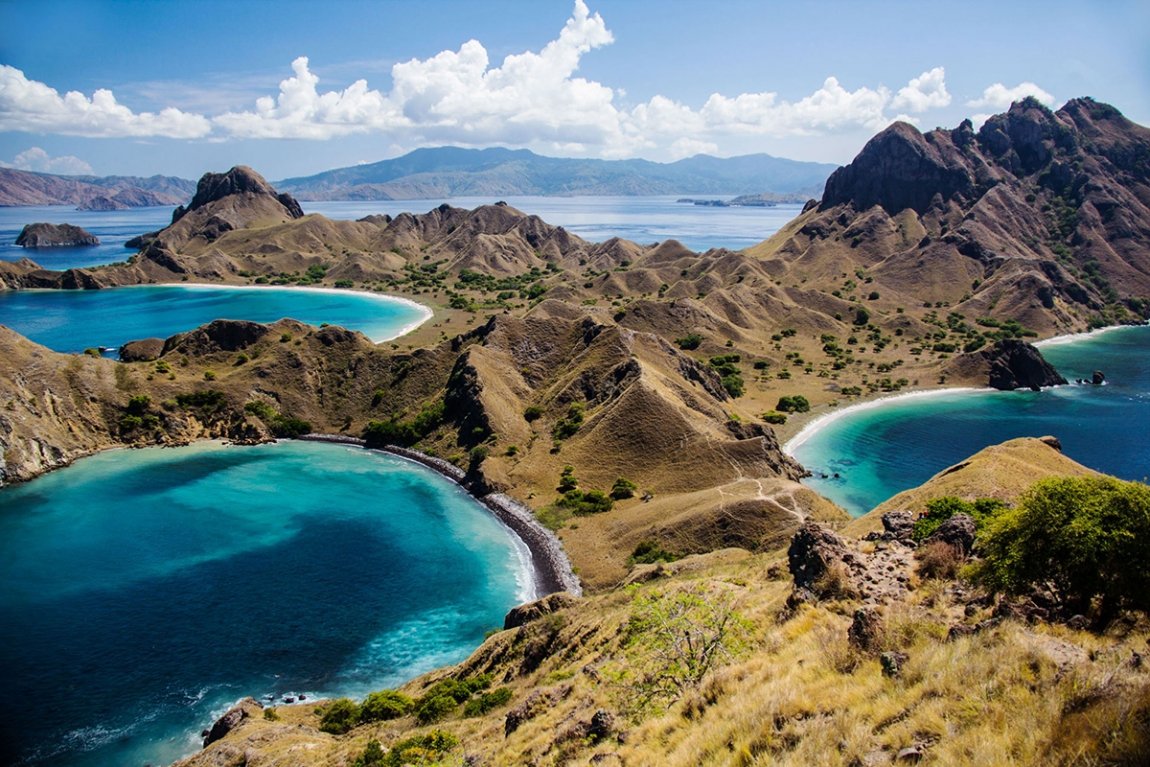
Photo source https://cruisingindonesia.com/dive/komodo-national-park
The Komodo National Park includes three major islands: Komodo, Rinca, and Padar. Initially, the main purpose of the national park was to conserve the unique Komodo dragon and its habitat. However, over the years, the goals have expanded to protecting its entire biodiversity, both terrestrial and marine. It has since been declared a World Heritage Site and a Man and Biosphere Reserve by UNESCO. This national park also has some of the best underwater views in the area.
Any tour to Komodo will start and finish in Labuan Bajo, the main transportation hub for the whole province. To get there, you can take one of the five to seven flights daily from Bali to Labuan Bajo. From Labuan Bajo, you can join an organised tour or charter a local boat to get to the national park.
17. Take home a piece of Blue Stone Beach
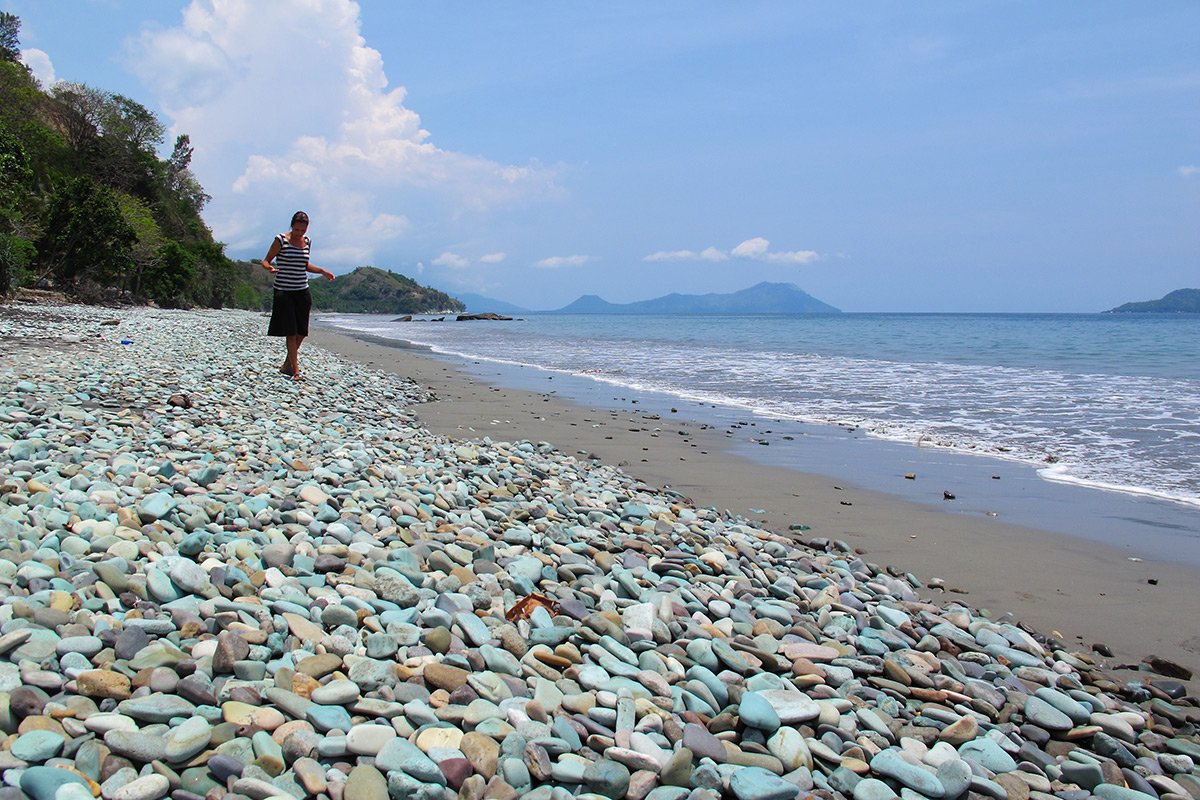
Photo source https://www.contemporarynomad.com/blue-at-blue-stone-beach/
When visiting Ende, make sure to take a short trip to the one-of-a-kind Blue Stone Beach located just an hour away from the city. This natural marvel, found only 1 km from town, showcases an extraordinary collection of vibrant blue stones that have been polished by the ocean and washed up on the shore. These unique stones have not only become a popular attraction but also provide jobs for locals, as they are exported to Japan and other countries for use in stone gardens and home décor. Witness this stunning display of nature's artistry and contribute to the local economy by taking home a piece of this geological wonder.
18. The Flores ‘Ikat’
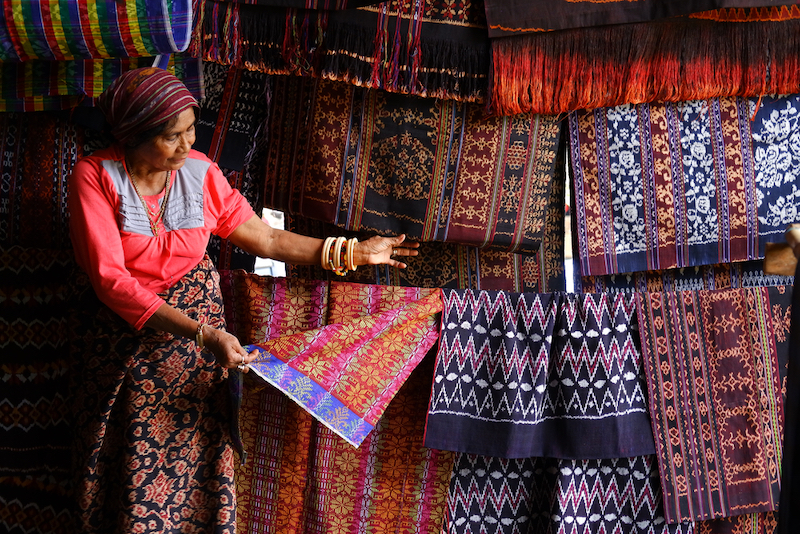
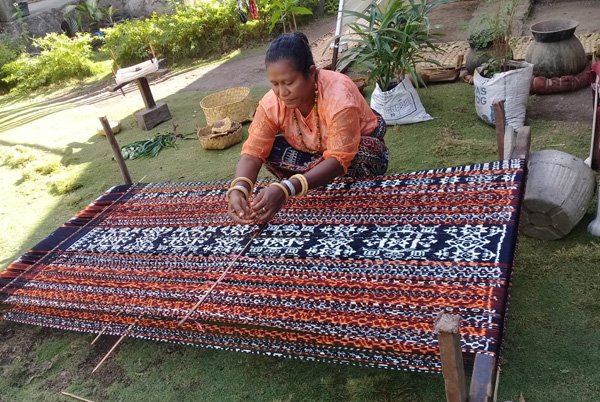
Photo source https://www.flores-indonesia.com/weaving_village_maumere_watublapi.html
Flores is not only renowned for its pristine natural landscapes, legendary reptiles, and indigenous people but also its world-famous Ikat (hand-woven fabrics), meticulously crafted by skilled artisans across the island. These traditional works of art can be found in various towns such as Maumere, Sikka, Ende, Manggarai, Ngada, and Lembata; each boasting unique motifs, patterns, and colour preferences reflecting the diverse sub-ethnic groups, customs, and beliefs of the Flores people.
Visit local villages to witness the artisans at work and purchase these exquisite textiles directly from their hands. While many weavers still employ natural dyes and traditional hand-weaving techniques, chemically dyed Ikats have emerged as a more affordable option for those seeking to own a piece of this vibrant cultural heritage.
19. Celebrate Easter in Larantuka
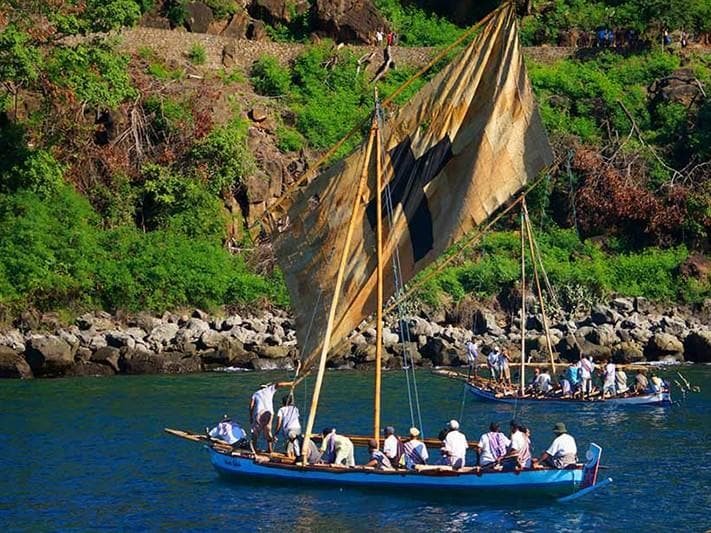
With a strong Portuguese influence since the 16th century, over 90 percent of the population in East Nusa Tenggara - which includes the islands of Flores, Sumba and West Timor - is Christian. In Larantuka, Easter is celebrated with great fervour, featuring a famous procession that attracts thousands of locals. This tradition, rooted in Portuguese origins and dating back several hundred years, even includes a prayer in Portuguese. On Easter Friday, a procession of dozens of boats takes to the sea, following a canoe carrying a statue. Join the celebration by boarding the local government's free boat, but beware of overcrowding and choose a less crowded vessel for safety.
20. Lounge at Pink Beach, Komodo Island
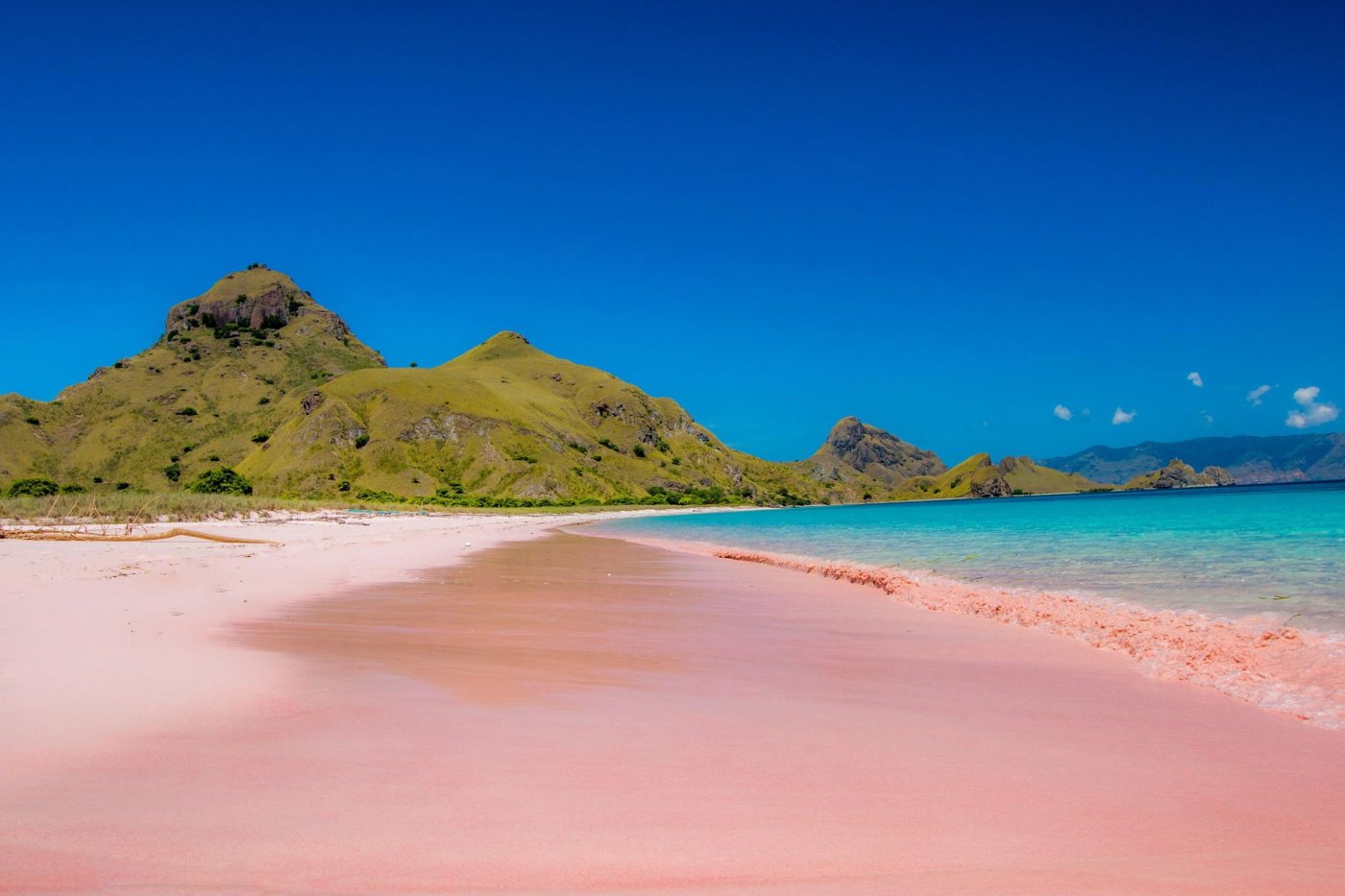
Under a clear blue sky, fluffy white clouds drift lazily overhead. Rolling green hills, lush with thick vegetation, are interspersed with high, rocky cliffs. Calm, clear waters, tinted by the vibrant corals beneath its surface, teem with the lively movement of hundreds of marine species. And there's more – a soft, sandy stretch of beach unlike any other, not white, not black, but PINK!
Pink Beach, or Pantai Merah, as it's fittingly named, is one of only seven pink beaches on Earth and is just one of the remarkable wonders of Komodo Island. As Pink Beach is an uninhabited and remote area, most visitors choose to stay in Labuan Bajo for comfortable accommodations while they explore this natural marvel.
Read Also Labuan Bajo Guide



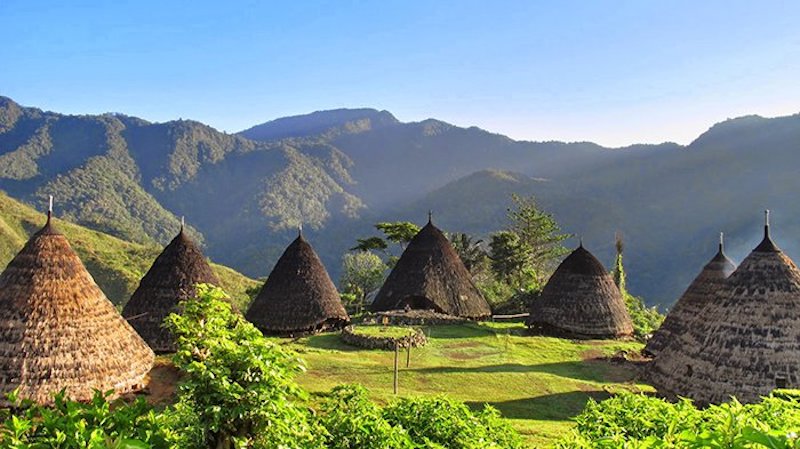
 Chyntia .DW
Chyntia .DW
 Dec 18, 2025
Dec 18, 2025